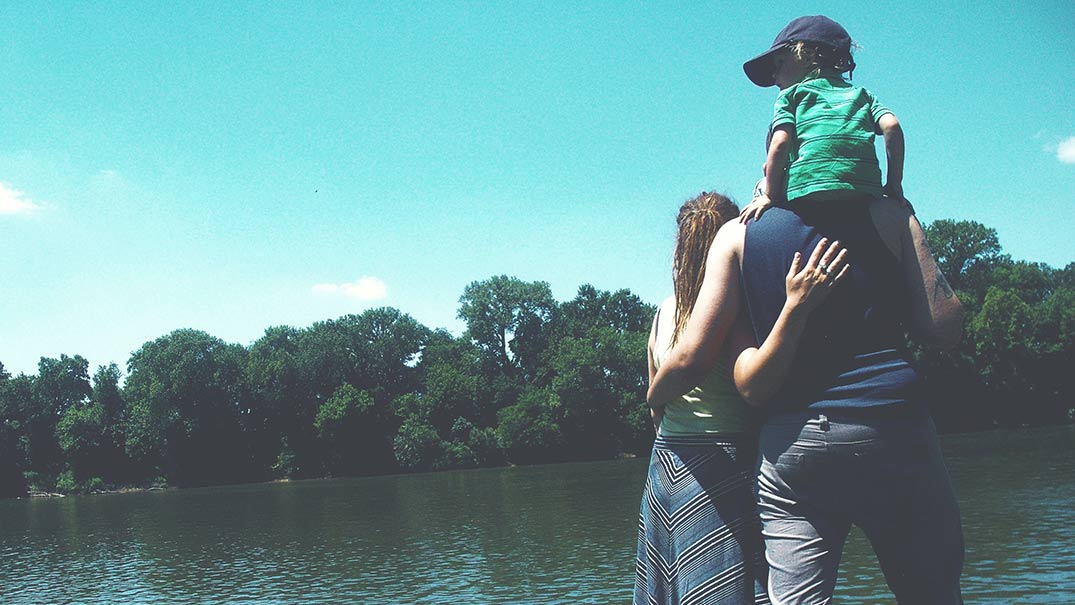Community living is an opportunity to live with and love others. These communities may include family, friends, coworkers, and classmates with each creating their own unique dynamics and opportunities. Living in such a community forces us to seek the well being of others before ourselves as well as love our roommate(s) unconditionally. Learning to live in different communities enables us to understand what it means to live for something bigger — the Kingdom of God.Personally, my different living communities consist of home, school, and work. Living at home with my family has provided me with stability and security. My parents, brother, and I each have our own quirks, annoyances, and attitudes but have learned to enjoy who we are as a family and look past certain frustrations. In September 2008 and 2009, I moved into a dorm room and later an apartment with girls I had never met before at Azusa Pacific University. That particular time of transition between new environments immediately made me self-aware of my personality and actions. Throughout those months, I learned that there will be times of confrontation, but there must always be time to have honest communication and positive resolution with roommates.Then from March 2011 to August 2011, I moved to San Diego to intern with Invisible Children. The organization provides a house for interns to live in each semester. Within those seven months, there were two different intern classes; one group for spring and another for summer. When the house reaches maximum occupancy or has a transition between the overlap of intern classes, some interns are temporarily relocated. I lived at the intern house, two different hotels, and a university dorm during my internship. It was a more heightened version of college living in that we all worked and lived together. I was thrown into yet another transitional period that included a constant changing of roommates and living locations with roughly forty-five housemates and five roommates. Although there was a lack of personal space and quiet hours, our work filled us with purpose, and that moved us to seek friendship with one another during our time together.
Maintaining a balance between time and personal space can be a bit complicated when living with multiple roommates. That being said, there are always activities to participate in and people to engage. Deciding on the right balance between the two can sometimes be difficult. Complications arise when learning how to create and live in a community with one to forty-five or more different roommates with various personalities and backgrounds. However, living with a diverse group of individuals cultivates a support system and can push us into new conversations, ideas, and community. A previous Housing Manager at Invisible Children & Resident Advisor at George Fox University, Bethany Bylsma, advises that, “Being honest and challenged by those unlike ourselves and seeking to grow in relationships by surrounding ourselves with people of similar goals and beliefs” can stretch us in a positive direction.
In order to come away with a positive experience from living in a community, we must learn to love our roommates. We can love those we live with by working to create a Christ-like environment where we all learn what it means to serve each another. Being a servant to one another is challenging at times, but having a positive attitude of service towards our community will provide the foundation of a more respectful and intentional atmosphere with our roommates. Previous Resident Advisor at Azusa Pacific University, Joey Banasihan, describes community living as a place where, “All are able to learn and grow together as a body. A body sharpening one another.” Modeling the idea of intentional living may not be for everyone; however, it contributes to promoting the importance of self-awareness and personal growth. Experiencing and learning to live in different communities is what enables us to develop an understanding of what it means to live for something bigger; the Kingdom of God as a body.
Copyright © 2011, Foundation Restoration. ALL RIGHTS RESERVED. No reproduction allowed without written permission from Foundation Restoration and/or the author.






Leave A Comment